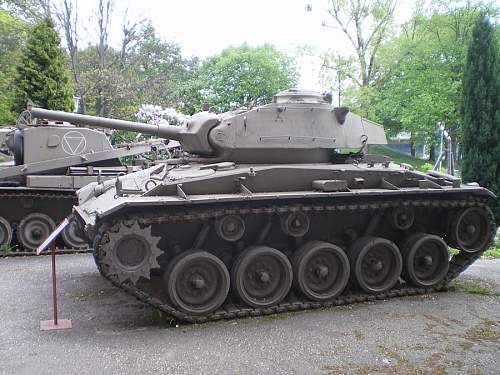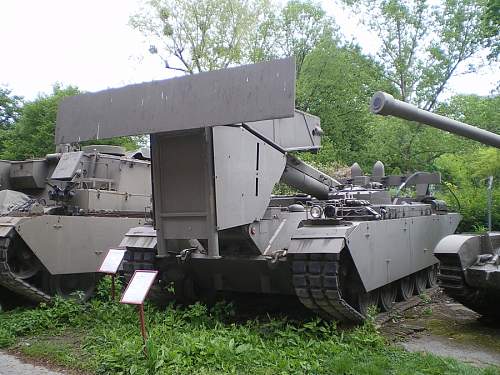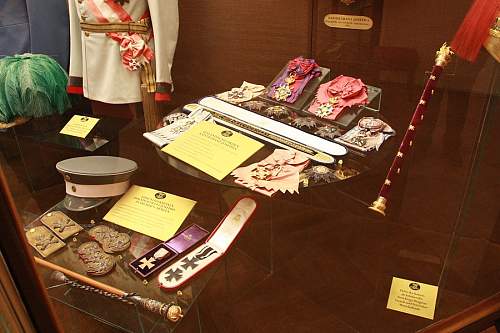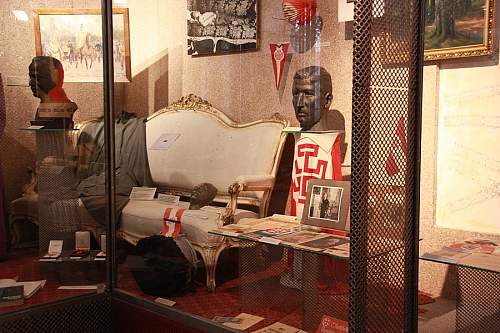The Austrian Army Museum
Article about: Having spent an extended Easter Weekend at Vienna, I just had to visit the Heeresgeschichtliches Museum (HGM) [lit. "Museum of Army History", although "Museum of Military Hist
-
 The Austrian Army Museum
The Austrian Army Museum
Having spent an extended Easter Weekend at Vienna, I just had to visit the Heeresgeschichtliches Museum (HGM) [lit. "Museum of Army History", although "Museum of Military History" is more accurate] on which I had missed out last time.
Completed in 1856, it is the oldest purpose-built military museum in existence. I can highly recommend a visit to all members.
Fore more information on the HGM and its history, see:
Heeresgeschichtliches Museum (German language Wikipedia article with numerous photographs, so definitely worth looking at even for non-German speaking members)
Museum of Military History, Vienna - Wikipedia, the free encyclopedia (very brief English language Wikipedia article)
HGM (The museum's official website)
-
-
-
-
-
-
-

Most interesting, thanks for showing!
-

And that's it. I will finish with a final image of beautiful handwork from a bygone era, the hand-embroidered collar patches of a Czechoslovak army general:

-

That museum looks like it's well worth a visit, that Saab 29 looks very similar to the Messerschmitt P1101, i wonder if there was any connection?....Great thread and thanks for taking the time to share!...
 Posting Permissions
Posting Permissions
- You may not post new threads
- You may not post replies
- You may not post attachments
- You may not edit your posts
-
Forum Rules




 .
.


















































Bookmarks